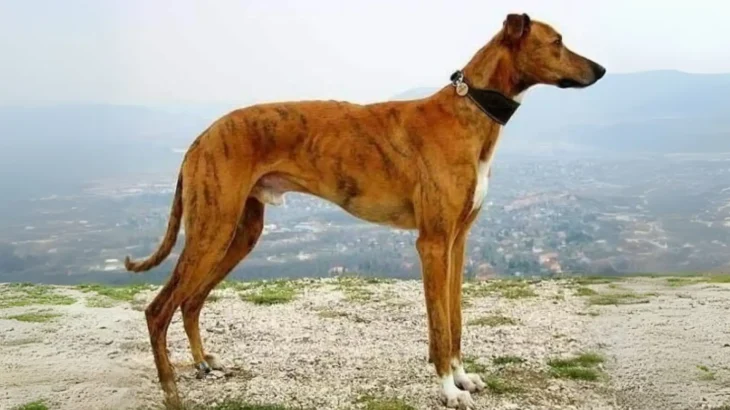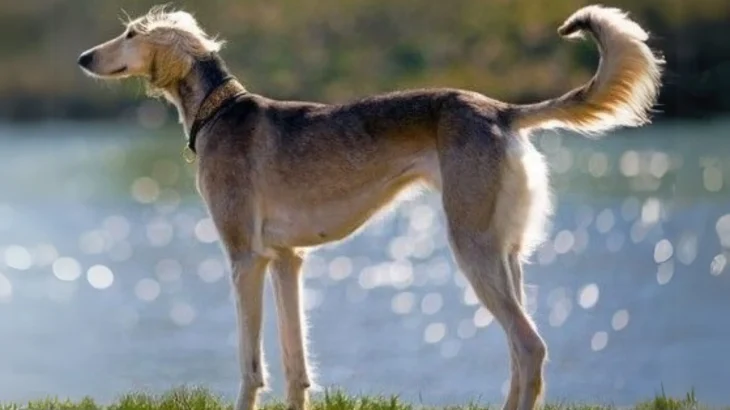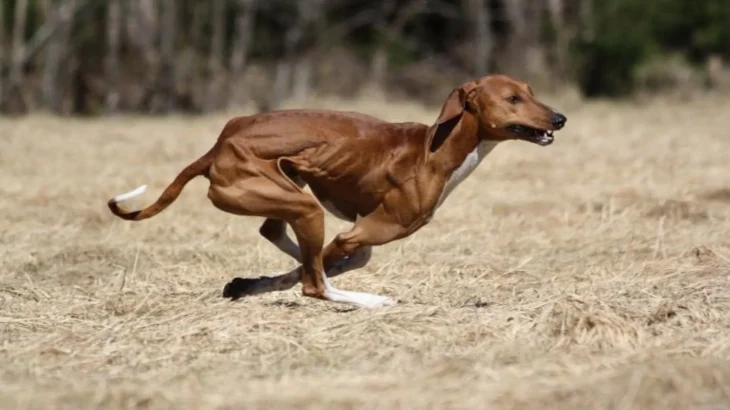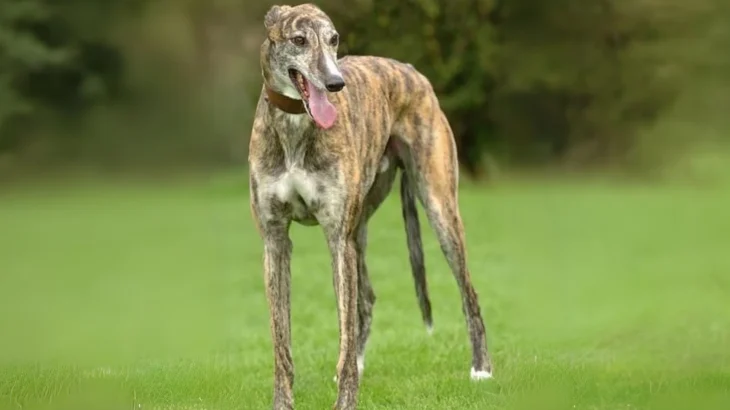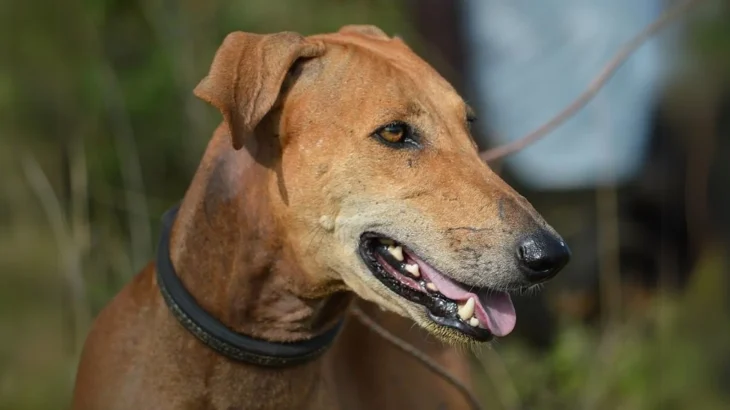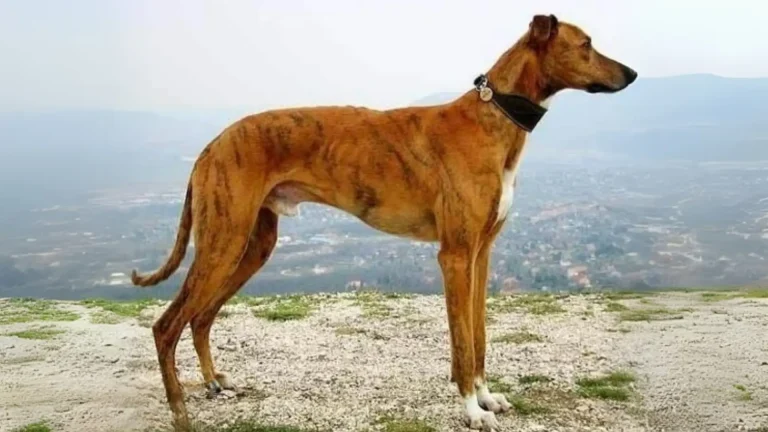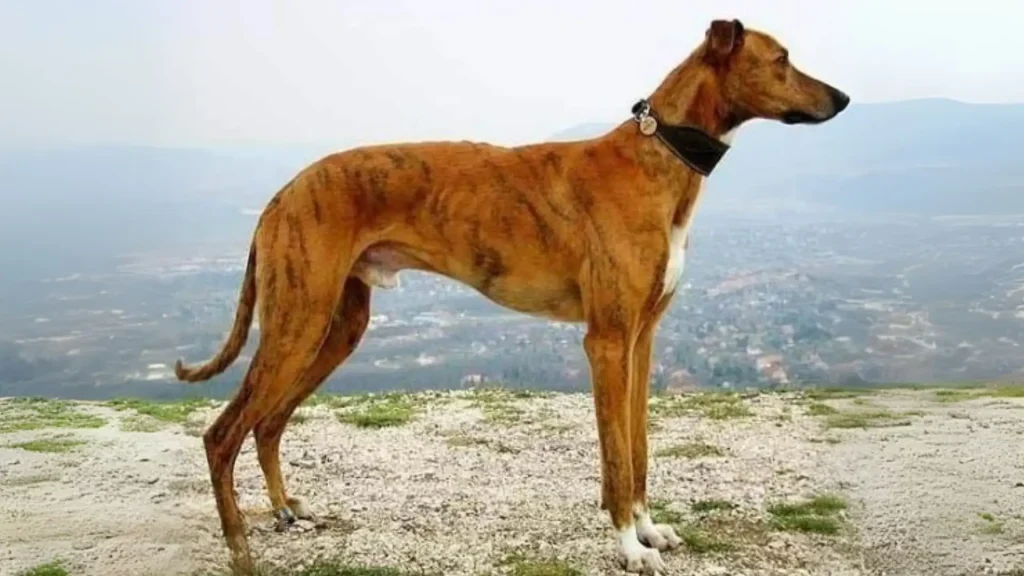When deciding on bringing a Mahratta Greyhound puppy into your home, choosing between adoption and purchasing from a breeder involves weighing key factors like health assurances and ethical considerations. While buying from a reputable breeder can provide details about pedigree and health, adoption offers the chance to give a home to a dog in need but may come with less certainty about background.
Adoption vs. Breeder: Pros & Cons
| Criteria | Buying from Breeder | Adopting from Shelter/Rescue |
|---|---|---|
| Cost | Usually higher initial cost reflecting purebred status and breeder expenses. | Typically lower adoption fees; often includes vaccinations and spay/neuter. |
| Health History | Detailed health records and genetic screenings are often available. | Health history may be limited or unknown, though basic checks are done. |
| Age Availability | Primarily puppies, allowing early bonding and training. | Variety of ages including adults and seniors. |
| Temperament Insight | Breeders can provide lineage-based temperament traits and personality. | Behavior observations available but full history might be unclear. |
| Supporting Practices | Supports ethical breeding programs; must avoid puppy mills. | Supports animal welfare by rescuing dogs in need. |
| Ethical Considerations | Must ensure breeder follows humane practices avoiding overbreeding. | Promotes giving homes to dogs who might otherwise struggle. |

